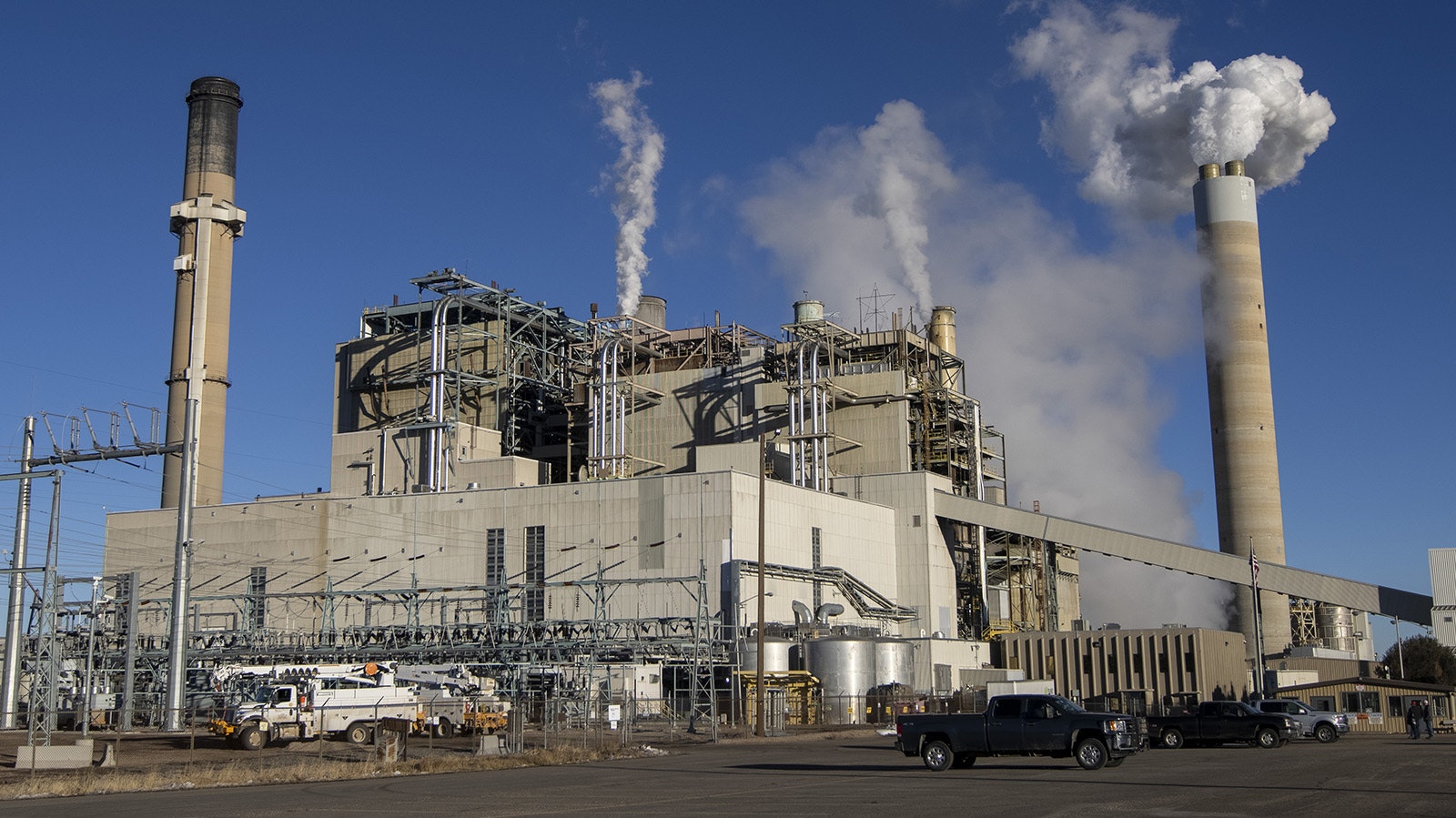An annual report projects that fossil fuels will still satisfy most of the world’s demand for energy in 2050.
The ExxonMobil Global Outlook predicts that oil, natural gas and coal will supply 68% of the world’s primary energy in 2050, down from 82% today.
Slower Transition
The Exxon forecast is in line with a March report from the U.S. Energy Information Administration that estimated fossil fuels would contribute 65% of primary energy needs in the U.S. by 2050.
The Information Energy Agency (IEA) estimated that by 2050, a net zero path would reduce reliance on fossil fuels for primary energy to 20%. The agency’s estimates, however, have been criticized for making “unrealistic assumptions.”
Primary energy is a commonly used measure of energy consumption at its rawest source, so it would, for example, include coal before it’s transformed into electricity, which makes up only about 20% of the total global energy the world population consumes.
Writing in “Energy Transition Absurdities,” David Blackmon, a longtime energy analyst and writer, said recent headlines reinforce the Exxon report’s conclusion that the transition from fossil fuels will not happen as rapidly as the IEA and others expect.
Bloomberg reported last week that oil giant Shell quietly cut the company’s carbon emissions plan in favor of greater investment in oil and gas exploration and production. Bloomberg also reported that China has approved even more coal plants, and Rystad Energy reports that U.S. shale producers are pushing to increase production to meet rising demand.
Supply Response
The Exxon report predicts rising demand for energy as developing countries prosper.
“Where there is energy poverty, there is poverty,” the report states.
Blackmon told Cowboy State Daily that while demand rises worldwide, the U.S. won’t be in any position to respond under the policies of the Biden administration.
“We’re not going to see any real supply response from the domestic industry,” Blackmon said.
He said that the efforts of the environmental, social and governance (ESG) movement also have starved the industry of investment.
With oil prices hitting nearly $90 a barrel this week, Blackmon said the response from U.S. industry would have been quite different if the nation’s political environment was more supportive of oil and gas.
“You would have seen the activation of a lot more drilling rigs and drilling a lot more wells in a virtually immediate supply response to higher prices like this,” Blackmon said.
Needed Energy
The report predicts that wind and solar will increase from 2% of the world’s energy supply to 11% by 2050, while electricity use grows by 80%. Coal will be displaced by wind, solar and natural gas, shrinking from 25% of the world’s energy today to 14% by 2050. Oil and natural gas fall from 55% in 2021 to 54% in 2050. Natural gas will increase 20% by 2050, the report predicts.
Ryan McConnaughey, spokesperson for the Petroleum Association of Wyoming, told Cowboy State Daily that it’s no surprise the report expects oil and gas to be in high demand for decades.
“They are reliable, cost effective and readily available, if policymakers will just allow that development to happen,” McConnaughey said.
While policymakers prevent supply from meeting demand, he said consumers see the impact in their energy bills. This can be seen in Rocky Mountain Power’s request for a 30% rate increase.
The company has said the increase is needed to cover the cost of fuels it buys on the market when wind and solar fail to provide enough power, or when weather events suddenly increase the demand for energy.
“I think the report is stating what we already know, which is that the energy Wyoming producers provide are going to be needed well into the future,” McConnaughey said.
Emissions Reductions
The Exxon report states that energy-related carbon dioxide emissions will rise throughout the decade before declining after 2030. The global economy is expected to grow 100% by 2050, while emissions will fall 25%.
However, the report explains, more is needed to meet a limit on global warming of 2 degrees Celsius over pre-industrial levels, an arbitrary figure set by the International Panel on Climate Change (IPCC), a consortium of the world’s leading climate scientists.
The IPCC makes no specific predictions that something catastrophic occurs if that limit is passed, but its policy guidance on emissions reductions is aimed to meet that target.
To meet it, Exxon proposes the use of three technologies it claims are scalable to make that happen — carbon capture and storage, hydrogen and biofuels.





